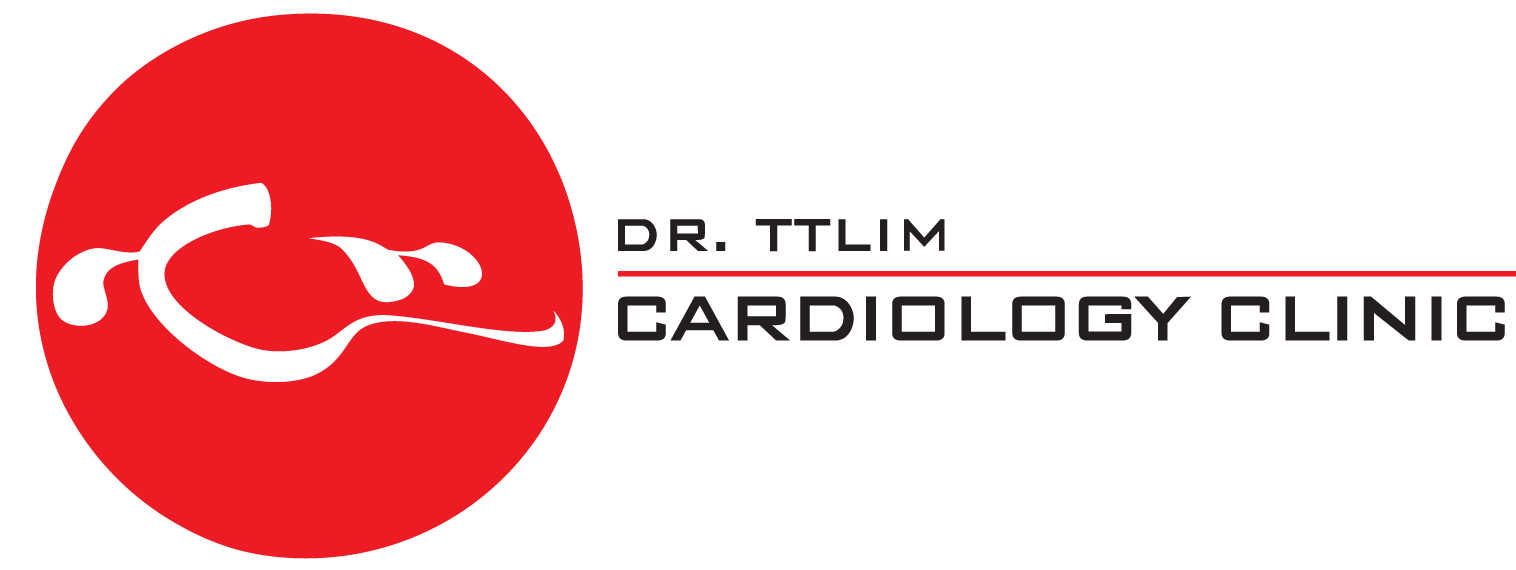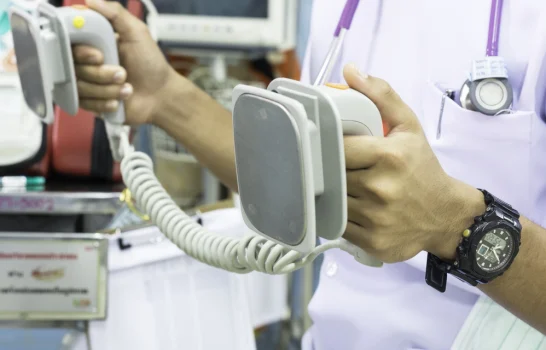What is it?
Cardioversion is a medical procedure that makes use of low-energy shocks to help restore the heart’s normal rhythm. It is also known as electro cardioversion. This is a common treatment option for those who experience different types of arrhythmias (irregularities in heart rate). This procedure can also, sometimes, be simulated using medication instead (chemical cardioversion) for those with underlying medical conditions that can worsen due to external shock waves.
Although it may sound similar to a defibrillation, cardioversion uses low-energy shocks as compared to a defibrillator’s high-energy ones. Cardioversion is also usually scheduled in advanced rather than an emergency procedure, while defibrillation is often done in emergency settings.
Cardioversion is a safe procedure that provides relief for arrhythmia issues. However, it is imperative that an individual takes note of its risks, even if they are rare. Some rare risks or side effects of cardioversion include:
- Dislodged blood clots
- Recurring or newly developed arrhythmia
- Skin burns
However, these side effects/risks only occur in rare instances, making cardioversion a safe and sound treatment to undergo.
How is it done?
After your initial appointment and diagnosis, you will be scheduled a session for cardioversion. On the day of your session, you will be administered an anesthetic as well as IV fluid, before the treatment commences. Once under sedation, large sensors or electrodes will be placed on your chest, through which low-energy shock waves will be passed. The cardioversion machine sends these shock waves while simultaneously monitoring your heart rate. In the case of a chemical cardioversion, medication will be administered through the IV to restore normal heart rhythm. After the treatment is successfully completed, you will be monitored for a short while, after which you will be allowed to resume daily activities (unless stated otherwise).
You are often briefed on several steps to follow before the treatment, so as to avoid any complications during the session. You may be asked to rest well, while also avoiding food and drinks for at least 8 hours before the session. Make sure to follow the instructions given by your doctor beforehand, to prep yourself well for the cardioversion treatment.
After the session, you will also be asked to follow some instructions with respect to recovery post-procedure. Some common steps you may have to follow would include:
- Taking blood thinners for a few days post-procedure, so as to avoid blood clots
- Staying hydrated
- Getting adequate rest
You will also be suggested some lifestyle changes, which can help reduce your chances of re-developing arrhythmia or developing other heart conditions. These changes can include:
- Avoiding or limiting alcohol
- Avoiding smoking
- Reducing salt/sodium intake
- Eating meals comprised of whole grains, lean meats, low-fat dairy, fruits and vegetables
- Limiting sugar, saturated fats and trans fats
- Staying physically active through sport or exercise
- Maintaining a healthy weight
- Managing anger, stress, etc.
Why is it done?
Cardioversion is often prescribed to those individuals who suffer from arrhythmias, including tachycardia (heart beats too fast) and fibrillation (irregularities in heart beats). Since irregularities and abnormalities in heart rhythm occur due to lack of adequate electrical signals in the heart, cardioversion can help supply the additional signals needed, restoring normal heart rhythm. Depending on your personal case, type of arrhythmia and other health issues, you may be prescribed a chemical or electro cardioversion.





